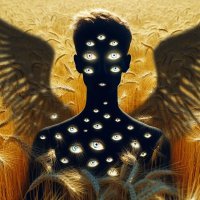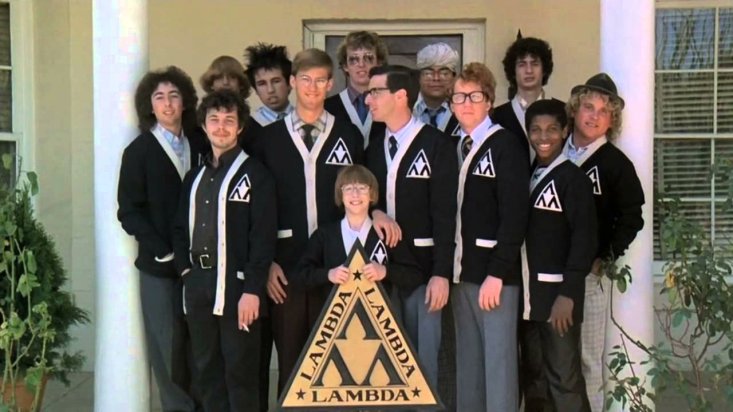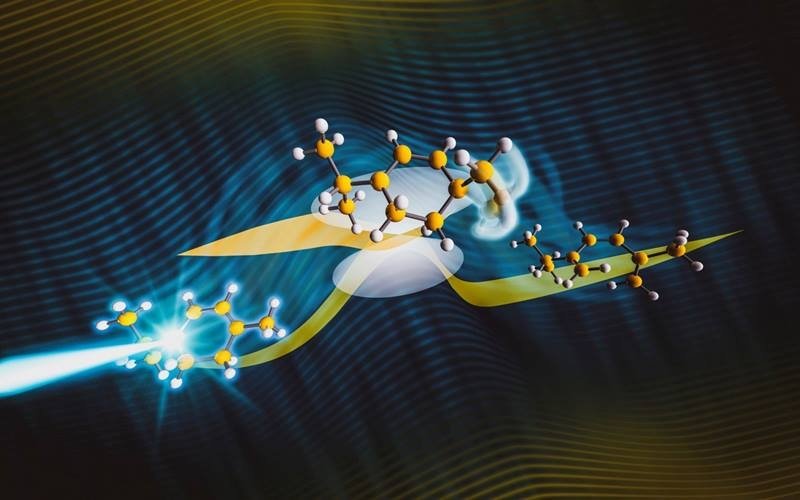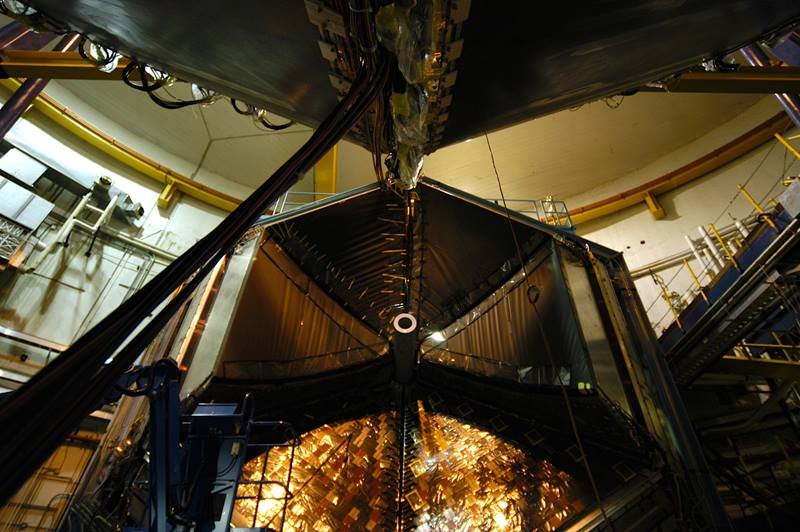
Studies show that both humans and dogs release oxytocin, the 'love hormone,' during interactions with each other. This reinforces the sentiment: 'A dog is the only thing on earth that loves you more than he loves himself.' 🌟
#DogScience #UnconditionalLove #ATTrainedDogs
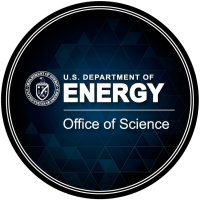


It’s important to understand “how land use affects the climate at a neighborhood scale' - Katia Lamer Brookhaven Lab. She's the co-investigator on CoURAGE, an ARM News field campaign that is collecting data in Baltimore. #ClimateScienceSunday arm.gov/news/facility/…
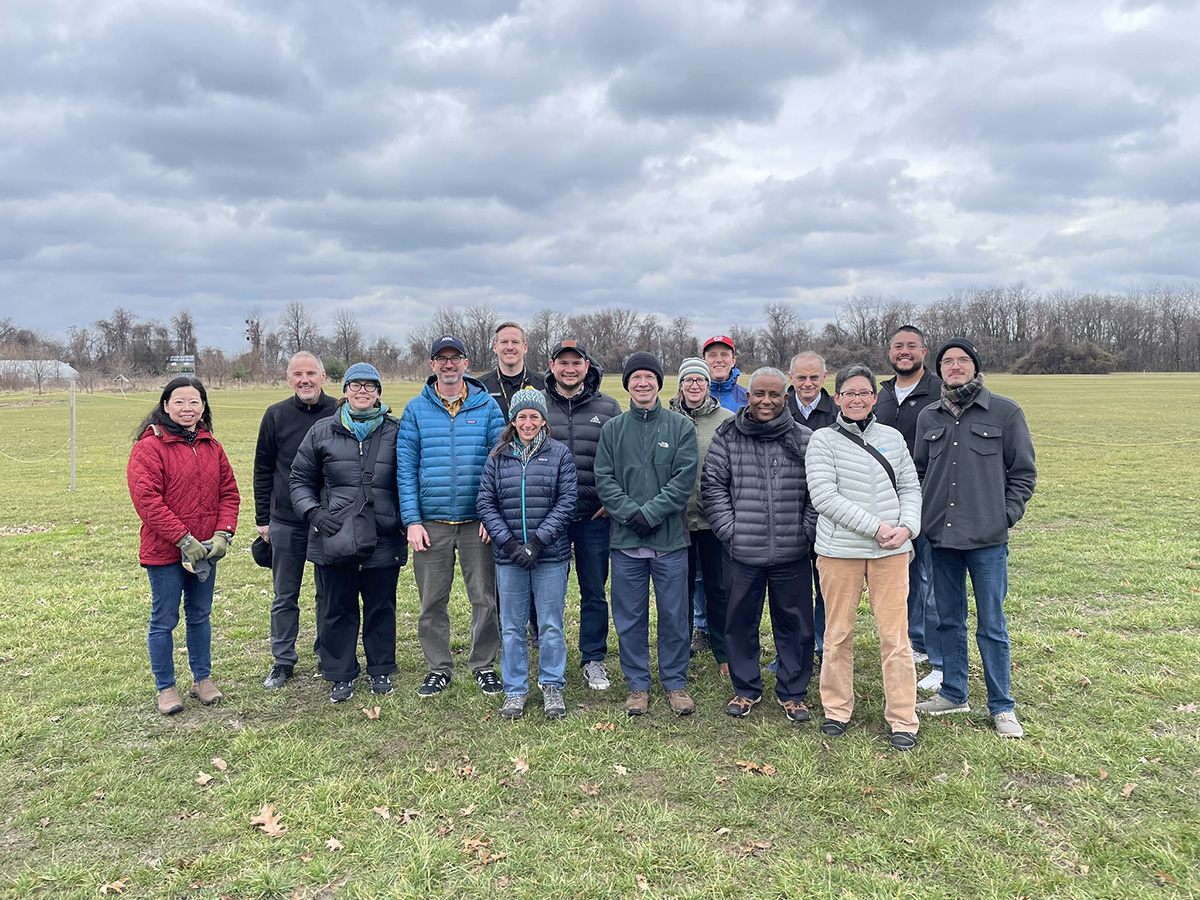


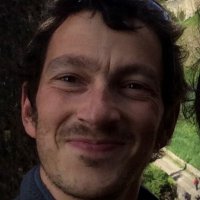
“Like desert wildflowers that bloom after rain, soil bacteria have evolved life strategies that determine when and where they grow”
DOE Office of Science highlights our recent global study of soil bacteria: bit.ly/4aP41Q8
Picture by Steven Allison


7/8 (%87.5) Zerdava | 1/8 (%12.5) Malinua
instagram.com/p/C6HDk89M7Qf/…
#zerdeva #dogsoftwitter #zerdava #turkishlaika #hayvanmanzaraları #16x9dogs #malinoismix #ThePhotoHour #PintoFotografía #thePhotoNow #YourShot #FotoRshot #aboriginaldog #жердева #karadenizveinsan #dogscience


Tantalum-180m could have a radioactive decay lifetime many times longer than the age of the universe. Researchers in the MAJORANA Collaboration are working SanfordLab to measure this decay and examining what it means for physics: energy.gov/science/np/art…
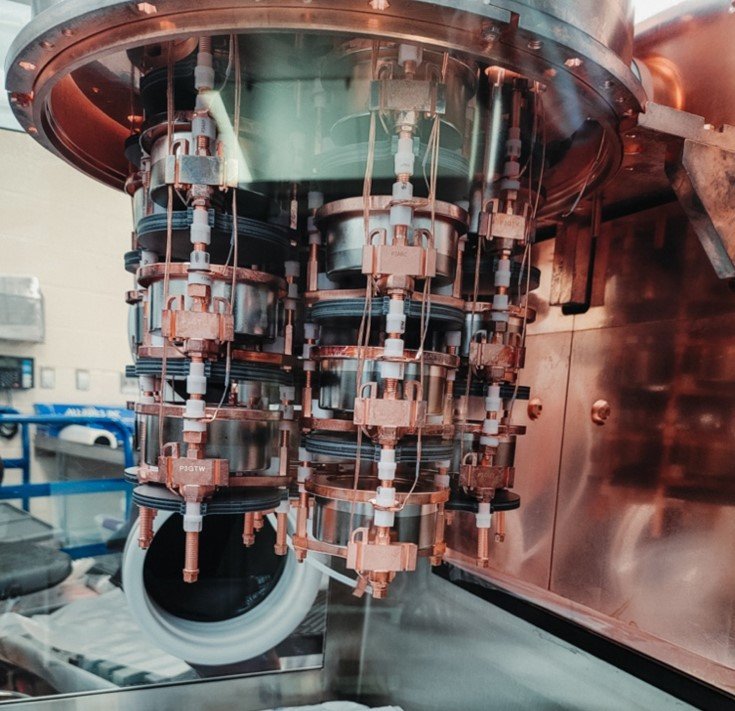

May the 4th ... May the ponderomotive* force be with you!
*The effective force of an ultrashort laser pulse swooping through a plasma. #ParticleAccelerators
Berkeley Lab DOE Office of Science U.S. Department of Energy

Yay! It’s May! May the fun begin… join the Dog Aging Project and be part of our longitudinal #doghealth study!
#itsgonnabemay #Dogs #DogAgingProject #DogScience #CommunityScience
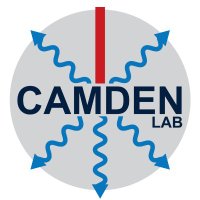
Gordon has received the DOE Office of Science #SCGSR award for his proposed project on infrared plasmonic nanostructures at Oak Ridge Lab. Congratulations!!
energy.gov/science/articl…

If a certain theorized nuclear process exists, it could provide the answer as to why there is matter at all. The MAJORANA DEMONSTRATOR SanfordLab didn't detect this process, but set the foundation for a larger experiment that may. #ScienceNeverSleeps energy.gov/science/np/art…
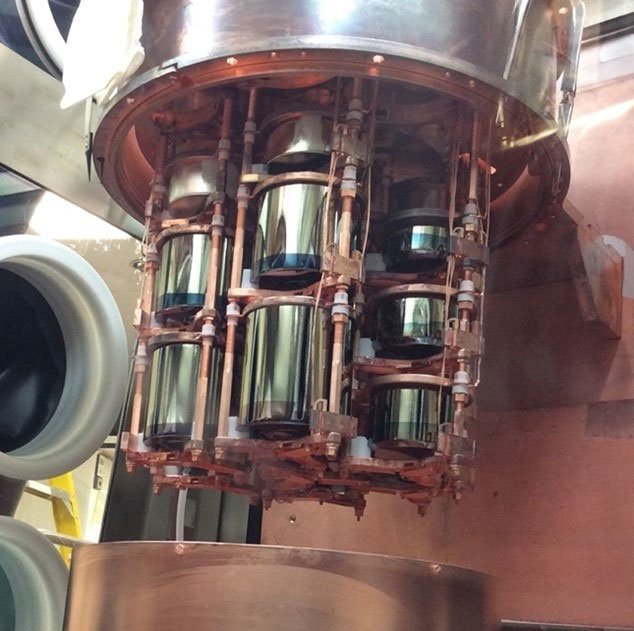

Sometimes you don't need a new technology - you just need to look at existing ones in a new way. To contain plasma for fusion, researchers PPPL combined 2 older technologies. This approach offers a promising path forward, as covered in Popular Mechanics: popularmechanics.com/science/a60620…

Paper #50 is an enzymologists dream come true!
Spectacular work from postdoc Rajnandani Kashyap in the group. Thanks DOE Office of Science for the unwavering support.
1. Ever wondered how enzymes allosterically communicate over 100 Angs?
biorxiv.org/content/10.110…

May is Asian American, Native Hawaiian, and Pacific Islander American Heritage Month. Let's celebrate their many achievements and their contributions to our history and culture. #AANHPIHeritagemonth
Berkeley Lab @DOEscience U.S. Department of Energy
berkeleylab-erg.lbl.gov/asian-pacific-…


2D materials could be game-changers in electronics, with their unique properties like superconductivity. But they're hard to control. University of Illinois researchers developed a way to observe how 2D materials rearrange themselves, which could expand their uses: mrl.illinois.edu/news/66189

